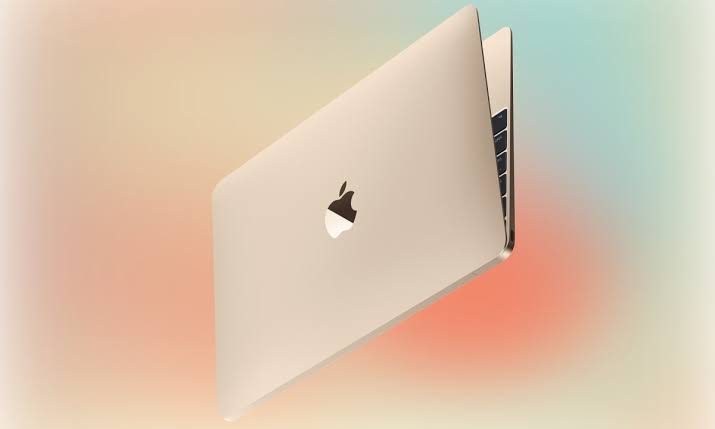Latest
- Get link
- X
- Other Apps
Neuralink Explained:
The Future of Brain-Computer Interfaces
Neuralink: One of the Most Fascinating Experiments of Our Time
Neuralink is arguably one of the most intriguing and daring experiments of our era. If successful, it could revolutionize the world as we know it.
Let’s dig into the gory details behind Neuralink.
What Is Neuralink? Let’s Hit the BASICS
Neuralink Corporation is a neurotechnology company co-founded by Elon Musk in 2016. It's currently developing brain-computer interface (BCI) technology, devices that can be physically implanted into the human brain, allowing direct wireless connection to computers and other devices.
Their Many Goals
- Treat neurological conditions like paralysis, blindness, ALS, and others through direct brain stimulation and recording.
- Enable human-computer symbiosis; letting people interact with devices and machines using thought alone. Cool, yes, but also kind of eerie considering there's no “off” switch.
- “Future-proof humanity”: Musk envisions Neuralink as a way for humans to avoid being outpaced by artificial intelligence (AI).
How Does Neuralink Work?
To “install” Neuralink and upgrade one’s human machinery, surgical intervention is required. The procedure is said to be minimally invasive, with limited downtime.
1) The Implant
The implant (or “Link”) is a coin-sized chip—about 23mm by 8mm—embedded into the skull. It contains ultra-thin flexible threads, thinner than a human hair, which penetrate brain tissue. Each implant has 1,024 electrodes that can read and stimulate neurons.
2) The Surgical Robot
Neuralink has built a robotic system to implant the Link with extreme precision. The robot inserts the threads while carefully avoiding blood vessels to minimize damage.
3) Wireless Communication Capabilities
The device can wirelessly interface with a computer or smartphone. Users can control devices via thought alone—like moving a cursor or typing without physical input.
Potential Applications
Near-Term Medical Uses
- Restoring movement in people with paralysis
- Vision restoration for the visually impaired (by stimulating the visual cortex)
- Treating epilepsy, depression, tinnitus, and Parkinson’s disease
Long-Term Possibilities
- Virtual telepathic communication (cue sci-fi soundtrack)
- Memory recording and replay
- Merged Human-AI cognition—basically, AI on demand inside your mind, however creepy that sounds
- Full motor intention control of prosthetic limbs
Human Trials & Progress
- 2020: A live demo on a pig named Gertrude showed real-time brain signal readings
- 2021: A monkey named Pager played Ping Pong using only brain signals
- 2023: FDA approval for first human trials
- 2024: The first human participant successfully received an implant and controlled a computer cursor by thought. However, some threads dislodged, prompting a software workaround to maintain partial functionality.
- 2025: Trials continue, with a focus on improving safety and reliability
Challenges & Controversies
Ethical and Safety Concerns
- Surgical risks (bleeding, infection, rejection)
- Brain data privacy: who owns your thoughts?
- Long-term effects of brain implants are unknown
- Hype vs reality: Some researchers question Neuralink's ambitious goals
Animal Testing
- Reports of monkey deaths and failed experiments have sparked concern
- Neuralink has faced investigations into possible animal welfare violations
Elon Musk’s Bold Claims
Musk has made aggressive predictions about Neuralink’s timeline and impact. Critics, including scientists and ethicists, argue that claims like “human-AI symbiosis” are speculative and overstated.
Neuralink vs. Other BCI Companies
Neuralink isn’t alone in the BCI race. Competitors include:
- Synchron – FDA-approved, uses blood vessels for implantation
- Paradromics, Blackrock, Neurotech, and Kernel – Each with unique BCI approaches
Why Neuralink Stands Out:
- Focused on miniaturized, wireless, high-channel count implants
- Integrates robotic surgery, custom silicon chips, and proprietary software
What’s in Store for the Future?
Elon Musk’s vision includes:
- Merging human intelligence with AI to stay competitive
- Creating a brain app ecosystem; possibly downloading skills, memories, or entire consciousnesses someday
As of 2025, Here’s What We Know So Far:
- Human trials are ongoing
- Participants have demonstrated basic device control via thought
- Expansion plans are underway to include more patients
- Neuralink is developing versions aimed at restoring vision and enabling robotic limb control
Neuralink showcases breathtaking innovation and marks a major step in neurotechnology. Its potential is immense, though risky and a little scary, and the real-world applications are still in their infancy. While public excitement runs high, ethical oversight and scientific caution remain vital for grounding expectations. So would you use one?
Thank you for reading, the support is much appreciated, and please feel free to share comment, your feedback and support is greatly valued.
References:
Elon Musk [@elonmusk]. (2023–2025). Updates and commentary on Neuralink human trials and progress [Posts]. X (formerly Twitter). https://x.com/elonmusk
FDA. (2023, May). FDA approves first human clinical trials for Neuralink brain-computer interface. U.S. Food and Drug Administration. https://www.fda.gov
Gonzalez, O. (2024, January 30). Elon Musk says first Neuralink patient can control computer mouse with thoughts. CNET. https://www.cnet.com
Neuralink. (2023). Join the brain revolution [Company site]. https://www.neuralink.com
Reuters. (2022, December 5). U.S. probes Elon Musk's Neuralink over animal welfare violations. https://www.reuters.com/technology/us-probes-elon-musks-neuralink-over-animal-welfare-violations-2022-12-05/
Wired. (2023, February 9). Neuralink’s animal tests were messy and caused needless suffering, says watchdog. https://www.wired.com/story/neuralink-animal-testing-investigation/
The Verge. (2021, April 9). Neuralink monkey plays Pong with its brain. https://www.theverge.com/2021/4/9/22374747/neuralink-brain-computer-interface-pong-monkey-video
Nature Neuroscience. (n.d.). Various research articles on brain-computer interface technologies. https://www.nature.com/neuro/
Images sourced from:
decrypt.co
investingnews.com
- Get link
- X
- Other Apps




Comments